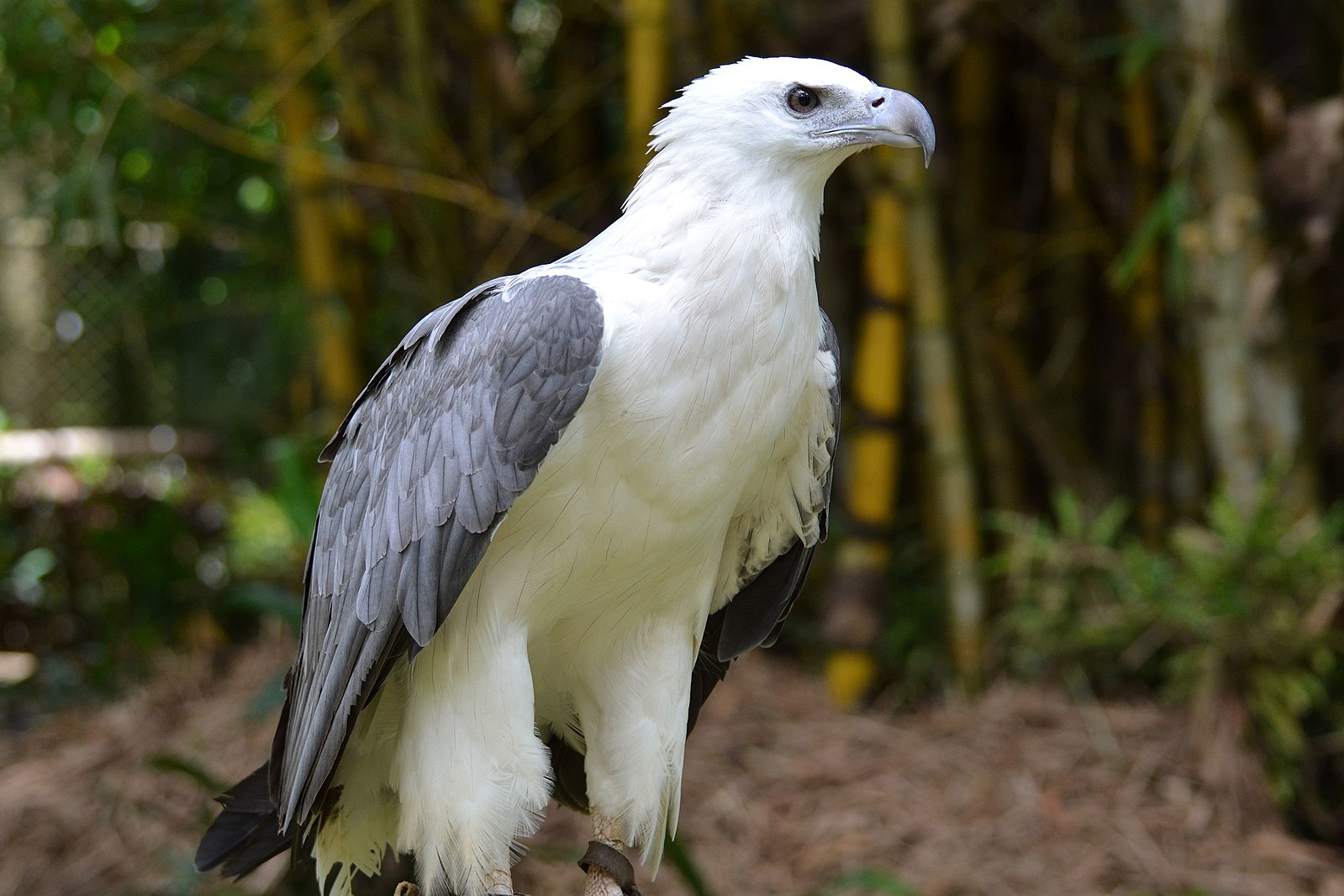The White-Bellied Sea Eagle (Haliaeetus leucogaster) is a large bird of prey that can live for up to 30 years in the wild. These majestic birds are known for their graceful flight and their ability to soar over the surface of the sea, as well as their skill in hunting a variety of aquatic animals. In this blog post, we will explore the life cycle of the White-Bellied Sea Eagle, from their breeding habits to their hunting strategies and the threats they face.
Breeding and Nesting
White-Bellied Sea Eagles mate for life and share the same hunting range. Breeding occurs from May to October, and during this time, the birds put on impressive aerial displays, soaring and calling, loop-the-loop, and even dropping fish from a height and then diving to catch it in midair.
The nests of the White-Bellied Sea Eagle are built on cliffs, in trees, or sometimes on the ground on treeless islands. Both the male and female birds help with the construction and repair of the nest, which can be up to four meters deep and 2.5 meters wide. The female lays a clutch of two eggs, which are incubated for around six weeks, mostly by the female.
The parents feed the noisiest, most active chick first, and only one chick usually survives. The young birds remain with their parents for several months after hatching, learning to hunt and fly before eventually striking out on their own.
Hunting and Feeding
 Image source: bellied sea eagle by shankar s
Image source: bellied sea eagle by shankar s
The White-Bellied Sea Eagle is a skilled hunter and feeds mainly on aquatic animals, such as fish, turtles, and sea snakes. However, they are also known to take birds and mammals as prey, and will attack prey up to the size of a swan.
These birds are adept at spotting their prey from a distance and swooping down to catch it in their powerful talons. They are also known to feed on carrion, such as dead sheep and fish along the waterline.
Threats and Conservation
The main threats to the White-Bellied Sea-Eagle are the loss of habitat due to land development, and the disturbance of nesting pairs by human activity. Deterioration of inland water sources and over-fishing in the ocean also make it harder for them to find food. Competition for food and nesting sites with Wedge-tailed Eagles (Aquila audax) is also a potential problem.
To help conserve the White-Bellied Sea-Eagle, it is recommended to always keep your distance from eagles and their nests as they are easily disturbed by human activity, protect areas of native vegetation in your local area, and report anyone you see interfering with nests or disturbing sea eagles.
Conclusion
The White-Bellied Sea Eagle is a fascinating and impressive bird of prey, with a unique life cycle that is adapted to the coastal and inland waterways of Australia and Southeast Asia. By understanding the threats they face and taking steps to protect their habitat and nesting sites, we can help ensure that these majestic birds continue to soar over our skies for generations to come.
References:
- White-bellied Sea-Eagle – Department for Environment and Water
https://cdn.environment.sa.gov.au/landscape/docs/hf/white-bellied-sea-eagle-bio-region-fact.pdf - White-bellied Sea-Eagle – Haliaeetus leucogaster – DCCEEW
https://www.environment.gov.au/cgi-bin/sprat/public/publicspecies.pl?taxon_id=943 - White-bellied Sea-Eagle – The Australian Museum
https://australian.museum/learn/animals/birds/white-bellied-sea-eagle/

